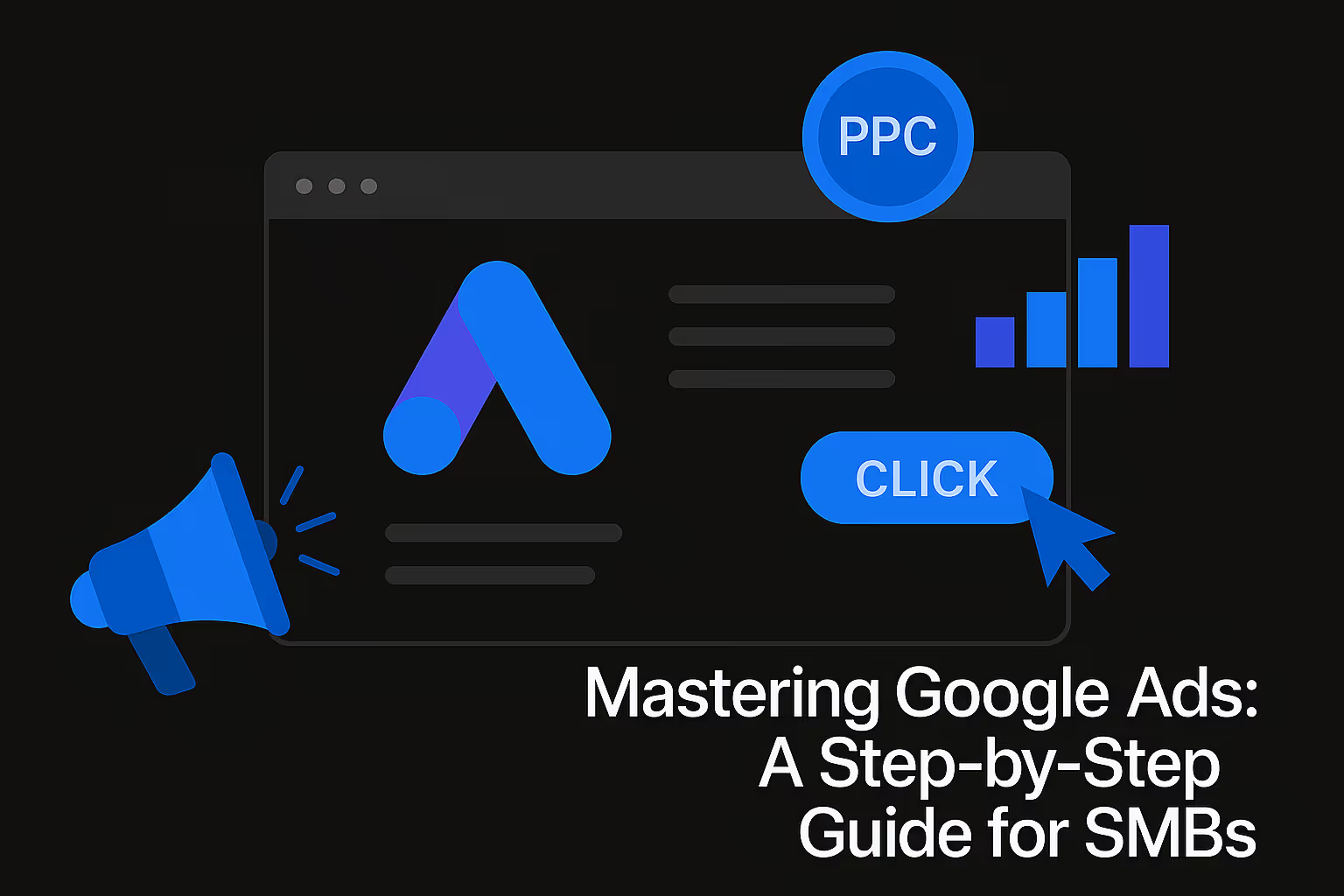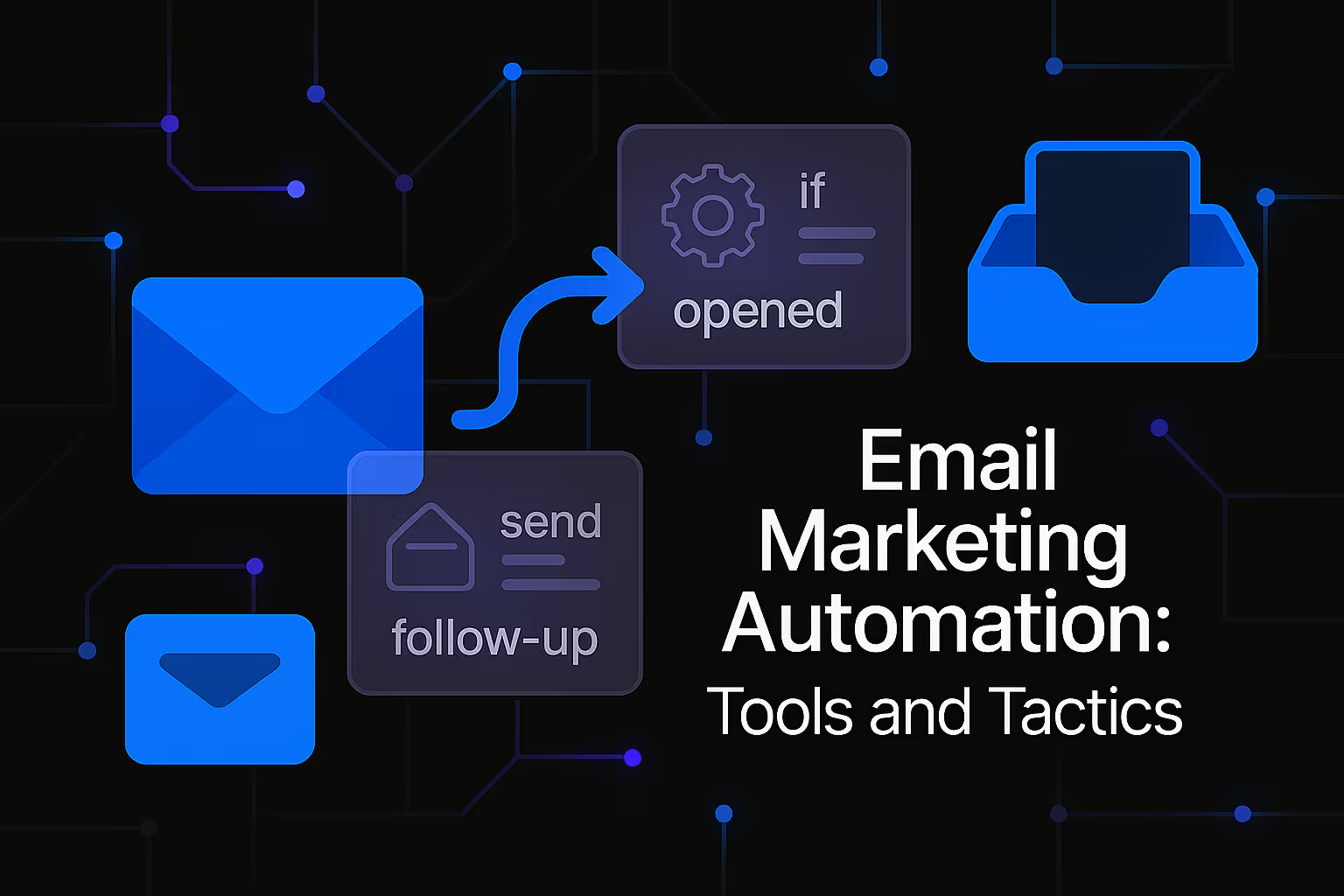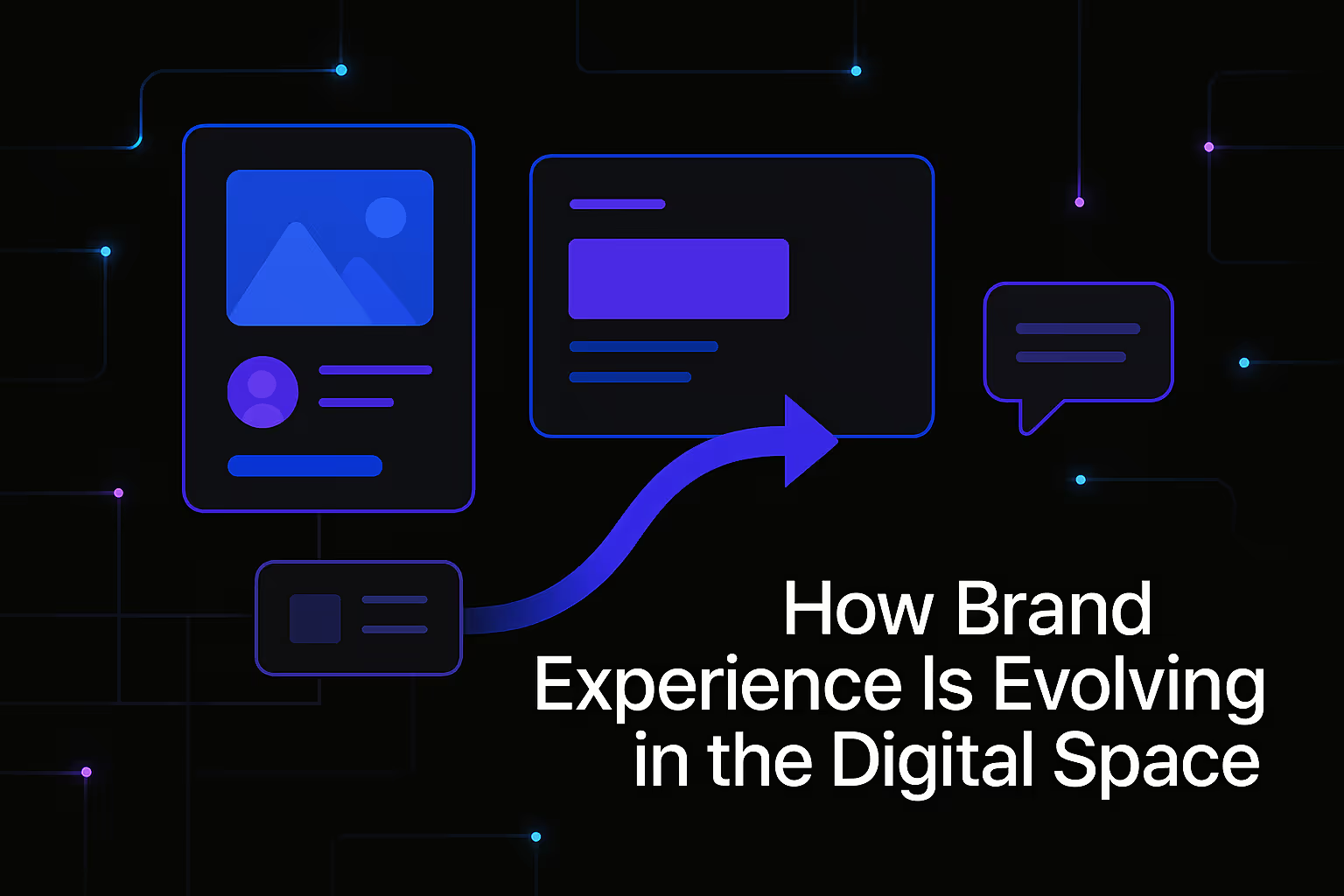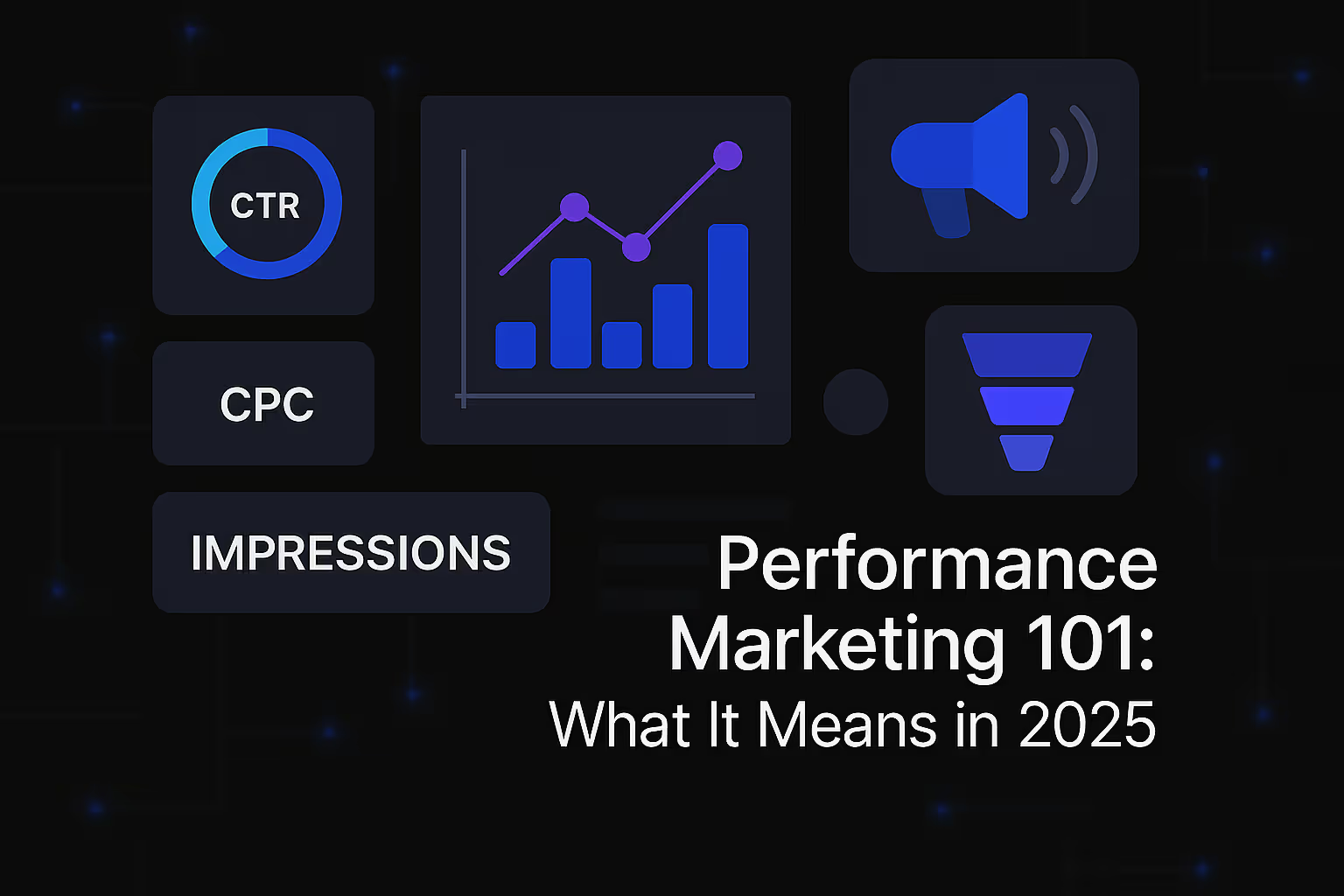Mastering Google Ads: A Step-by-Step Guide for SMBs

In the bustling digital marketplace, visibility is not merely an advantage; it is the very cornerstone of survival and growth for small and medium businesses (SMBs). Amidst the cacophony of online advertisements, Google Ads stands out as a singularly powerful platform, offering unparalleled opportunities to connect with potential customers precisely when they are searching for solutions that businesses like yours provide. For many SMBs, the mere mention of paid advertising can evoke a sense of trepidation, conjuring images of complex algorithms, runaway budgets, and an arcane world of digital marketing jargon. However, with a clear understanding and a methodical approach, Google Ads transforms from an intimidating enigma into an accessible, high-impact tool capable of delivering remarkable returns on investment. This guide is crafted to demystify Google Ads, providing a comprehensive, step-by-step roadmap for SMBs to harness its full potential, ensuring their message reaches the right audience at the opportune moment, thereby fostering sustainable business growth.
The Imperative of Google Ads for SMB Growth
In an era dominated by instantaneous information and boundless consumer choice, the digital landscape is where battles for market share are won and lost. For SMBs, competing with larger entities that boast substantial marketing budgets can seem daunting. Yet, Google Ads levels the playing field, offering a direct conduit to individuals actively expressing commercial intent. Unlike traditional advertising, which often casts a wide net, Google Ads targets users based on their specific search queries, meaning your advertisement appears precisely when someone is looking for your products or services. This fundamental difference transforms advertising from an interruption into a timely, relevant solution, creating a win-win scenario for both the business and the consumer.
The strategic advantage of Google Ads for SMBs lies in its ability to deliver immediate visibility. While organic search engine optimization (SEO) is a vital long-term strategy for building online authority and attracting natural traffic, it often requires significant time and consistent effort to yield substantial results. Google Ads, by contrast, can place your business at the top of search results within minutes of campaign activation, instantly driving qualified traffic to your website. This immediacy is invaluable for SMBs seeking to generate leads, boost sales, or promote timely offers without delay. It is not a replacement for SEO, but rather a powerful accelerant, working in tandem to establish a formidable online presence.
Furthermore, Google Ads offers an unparalleled level of control and measurability. Every dollar spent, every click received, and every conversion achieved can be meticulously tracked and analyzed. This granular insight empowers SMBs to make data-driven decisions, optimizing their campaigns for maximum efficiency and return. The platform allows for precise targeting based on geography, demographics, interests, and even specific times of day, ensuring that marketing efforts are concentrated on the most promising segments of the audience. For a small business with limited resources, this precision means less wasted ad spend and a higher probability of converting prospects into loyal customers. Embracing Google Ads is not just about advertising; it is about strategically investing in growth, leveraging direct consumer intent to expand reach and cultivate a thriving customer base.
Laying the Foundation: Pre-Campaign Essentials
Before embarking on the intricate journey of setting up your first Google Ads campaign, a crucial preparatory phase is required. This foundational work ensures that your advertising efforts are not only well-targeted but also aligned with your broader business objectives, setting the stage for measurable success. Without a clear understanding of what you aim to achieve and who you aim to reach, even the most sophisticated campaign structure will fall short.
Defining Your Business Objectives and Target Audience
The very first step in crafting an effective Google Ads strategy is to articulate precisely what success looks like for your business. Are you aiming to generate more phone calls for your local service business? Do you want to increase online sales for your e-commerce store? Is the goal to drive more foot traffic to your physical retail location, or perhaps to build brand awareness for a new product or service? Clearly defined objectives will serve as your guiding star, informing every subsequent decision, from keyword selection to ad copy creation and budget allocation. Without specific, measurable, achievable, relevant, and time-bound (SMART) goals, it becomes impossible to gauge the effectiveness of your campaigns or to optimize them for improvement.
Equally critical is a deep understanding of your target audience. Who are the ideal customers for your products or services? Beyond basic demographics like age, gender, and location, delve into their psychographics. What are their pain points, their aspirations, their challenges, and their needs? What problems does your business solve for them? Where do they spend their time online? The more intimately you understand your potential customers, the better equipped you will be to craft ad messages that resonate deeply and select keywords that reflect their exact search intent. This user-first approach ensures that your ads are not just seen, but are genuinely helpful and relevant to those encountering them, building trust and engagement from the very first impression.
Budgeting for Success: Realistic Expectations
For many SMBs, budget is a significant concern, and the fear of overspending on advertising is very real. Google Ads operates on a cost-per-click (CPC) model, meaning you only pay when someone clicks on your ad. This model offers a degree of control, but it is essential to set a realistic daily or monthly budget that aligns with your financial capabilities and marketing goals. Rather than viewing advertising as an expense, consider it an investment in growth. Start with a conservative budget, perhaps one that allows for sufficient data collection over a few weeks, and then scale up as your campaigns demonstrate positive returns.
Understanding the concept of Cost-Per-Click (CPC) is vital. The CPC for various keywords can fluctuate widely depending on industry competition, keyword popularity, and your Quality Score (a metric Google uses to determine the relevance and quality of your ads and landing pages). While you can set a maximum CPC bid, the actual amount you pay can be lower. Researching average CPCs for relevant keywords in your niche can help in forecasting potential costs and setting a more informed budget. It is more prudent to start with a budget that allows for consistent presence for your most valuable keywords rather than spreading resources too thinly across too many terms. Remember, an optimized campaign can achieve more with less, so initial investments in learning and refinement are paramount.
Crafting Compelling Landing Pages
The journey of a prospective customer does not end with a click on your ad; it merely begins. The destination, your landing page, is arguably as important as the ad itself. A landing page is a standalone web page specifically designed to receive traffic from an advertising campaign. Its primary purpose is to convert visitors into leads or customers, and its relevance to the ad they clicked on is paramount. A disconnect between the ad's promise and the landing page's content can lead to high bounce rates and wasted ad spend.
A high-converting landing page for paid traffic is focused, clear, and action-oriented. It should directly address the user's search query and the promise made in your ad copy. Key elements include a compelling headline, clear and concise benefits of your product or service, persuasive calls to action (CTAs), and a user-friendly design that facilitates the desired conversion (e.g., a simple contact form, an easy-to-navigate product listing). The page must load quickly, be mobile-responsive, and inspire trust through professional design and, where appropriate, testimonials or trust signals. Investing time in optimizing your landing pages is a non-negotiable step in maximizing your Google Ads ROI. Remember, even the best Google Ads campaigns will falter if the destination page fails to deliver a seamless and compelling user experience.
The Core of Your Campaign: Keyword Research and Selection
At the heart of every successful Google Ads campaign lies meticulous keyword research. Keywords are the bridge between what your potential customers are searching for and the solutions your business offers. However, effective keyword research extends far beyond simply listing terms related to your business; it requires a deep dive into user intent and a strategic understanding of how different keyword types can impact campaign performance.
Understanding Search Intent
The fundamental shift in modern SEO and PPC strategy revolves around understanding search intent. Google's algorithms have evolved to prioritize understanding the why behind a search query, not just the words themselves. A user searching for "best coffee maker" has a different intent than someone searching for "how to clean a coffee maker" or "buy Nespresso machine." These represent commercial investigation, informational, and transactional intent, respectively. For SMBs, aligning your keywords and ad copy with the precise intent of the searcher is crucial for driving high-quality traffic.
- Informational Intent: Users are seeking information or answers to questions (e.g., "what is SEO," "how to start a small business"). While not immediately transactional, these keywords can be valuable for building brand awareness and establishing expertise through content marketing, though they may not be ideal for direct sales campaigns.
- Navigational Intent: Users are trying to find a specific website or brand (e.g., "Nike website," "Starbucks near me"). These are often relevant for branded campaigns.
- Commercial Investigation Intent: Users are researching products or services before making a purchase (e.g., "best CRM software," "reviews of local electricians"). These are highly valuable for SMBs as users are close to making a decision.
- Transactional Intent: Users are ready to buy or convert (e.g., "buy running shoes online," "hire freelance writer"). These are typically the most valuable keywords for paid campaigns, as they indicate a strong readiness to convert.
For SMBs, focusing on keywords that signal commercial investigation and transactional intent will generally yield the best return on ad spend. By truly understanding the user's journey and their likely next step, you can tailor your keywords, ad copy, and landing page experience to meet their needs exactly, fostering a positive interaction that leads to a conversion.
Tools and Techniques for Effective Keyword Discovery
Google provides invaluable tools to aid in your keyword research, most notably the Google Keyword Planner. This free tool allows you to discover new keywords, get search volume data, and see forecast performance for your chosen keywords. Beyond this, competitive analysis plays a significant role. Observing what keywords your competitors are bidding on can reveal opportunities and inform your own strategy. Tools that offer competitive insights can help you uncover high-performing terms that you might have otherwise missed.
When selecting keywords, it is vital to understand match types, as they dictate how broadly or narrowly your ads are shown:
- Broad Match: Your ad may show for searches that include misspellings, synonyms, related searches, and other relevant variations. While it offers wide reach, it can also lead to irrelevant clicks if not carefully managed.
- Phrase Match: Your ad will show for searches that include the exact phrase and close variations of that phrase, with additional words before or after. This offers more control than broad match.
- Exact Match: Your ad will only show for searches that are the exact term or close variations of that exact term. This provides the most precise targeting and often higher conversion rates, but with lower impression volume.
- Negative Keywords: These are terms for which you do not want your ads to appear. For example, if you sell new cars, you might add "used" or "rental" as negative keywords to avoid irrelevant clicks. Proactively identifying and adding negative keywords is a continuous process and crucial for preventing wasted ad spend.
A balanced approach often involves starting with phrase and exact match keywords that are highly relevant to your offerings, then strategically expanding with broad match modifiers or carefully monitored broad match terms as you gather performance data.
Long-Tail Keywords: The SMB Advantage
While highly competitive, short-tail keywords (e.g., "shoes," "marketing") attract high search volume, they often come with a high cost-per-click and can be very broad in intent. For SMBs, a strategic focus on long-tail keywords can be a game-changer. These are longer, more specific phrases (e.g., "vegan organic dog food delivery Los Angeles," "emergency plumbing service downtown Seattle").
The advantages of long-tail keywords for SMBs are numerous:
- Lower Competition and CPC: Due to their specificity, fewer advertisers bid on long-tail keywords, resulting in lower costs per click.
- Higher Conversion Rates: Users searching with long-tail queries are often much further along in their buying journey and have a clearer intent. They know precisely what they are looking for, making them highly qualified leads.
- Improved Relevance: It is easier to write highly relevant ad copy and design highly relevant landing pages for specific long-tail queries, which can improve your Quality Score.
By dedicating a significant portion of your keyword strategy to long-tail terms, SMBs can efficiently capture highly motivated traffic that is more likely to convert, maximizing their return on a potentially smaller advertising budget. This semantic understanding of user queries allows for the creation of content that truly answers user needs comprehensively, rather than just matching isolated terms.
Structuring Your Google Ads Account for Optimal Performance
Effective campaign management in Google Ads relies heavily on a logical and organized account structure. A well-designed hierarchy ensures that your ads are highly relevant to the keywords being bid on, leading to better Quality Scores, lower costs, and higher conversion rates. Think of it as building a well-organized store where customers can easily find exactly what they are looking for.
Account, Campaign, Ad Group: The Hierarchical Design
The Google Ads account structure follows a clear hierarchy:
- Account: This is your overarching Google Ads account, associated with a unique email address, billing information, and a specific business.
- Campaigns: Within your account, you create campaigns, each typically focused on a broad theme or business goal. For example, you might have separate campaigns for different product categories, service lines, or geographic locations. Campaigns allow you to set budgets, target specific locations, choose bidding strategies, and select network settings (Search Network, Display Network).
- Ad Groups: Inside each campaign, you create ad groups. Ad groups are where you organize your keywords and ads. The fundamental principle of ad groups is relevance. Each ad group should contain a tightly themed set of keywords that are all highly relevant to a specific set of ads. For instance, if you have a campaign for "athletic shoes," you might have ad groups for "running shoes," "basketball shoes," and "cross-training shoes."
The objective is to achieve a high degree of congruence between the keyword a user searches, the ad they see, and the landing page they are directed to. This tightly knit relevance improves your Quality Score, which is a significant factor in determining your ad rank and how much you pay per click. A higher Quality Score means your ads are more likely to appear in a better position for less money. While a highly granular approach like Single Keyword Ad Groups (SKAGs) was once popular, focusing on thematic ad groups that group very closely related keywords has become a more manageable and often equally effective strategy. The key is to ensure that all keywords within an ad group can be perfectly addressed by the same ad copy and landing page.
Ad Copywriting that Converts
Even the most precisely targeted keywords and meticulously structured campaigns will underperform without compelling ad copy. Your ad is your chance to make a first impression, to grab attention, and to convince a searcher that your solution is the one they need. Effective ad copywriting is an art form, but it is also a science, driven by principles of persuasion and a deep understanding of your audience's needs.
A standard Google Search Ad typically includes:
- Headlines: These are the most prominent part of your ad, with up to three headlines appearing, separated by vertical pipes. They should contain your primary keywords, convey your unique selling proposition (USP), and create a sense of urgency or intrigue. Think about the direct problem your target audience is trying to solve.
- Descriptions: You have two longer description lines to provide more detail about your offering, highlight benefits, and elaborate on your value proposition. Use this space to showcase why your business is the best choice.
- Display Path: This is the URL that appears in your ad, giving users an idea of where they'll land. While the actual destination URL might be longer, the display path allows for a clean, user-friendly presentation.
- Ad Extensions: These are crucial additions that expand your ad with extra information, such as phone numbers (call extensions), physical addresses (location extensions), additional links (sitelink extensions), structured snippets (highlighting specific features), and more. Ad extensions increase your ad's visibility and provide more opportunities for users to interact with your business, often significantly boosting click-through rates.
When writing your ad copy, focus on:
- Relevance: Does the ad copy directly relate to the keywords in the ad group?
- Unique Value Proposition: What makes your business stand out from the competition? Why should they choose you?
- Clear Call to Action (CTA): What do you want the user to do after seeing your ad? (e.g., "Shop Now," "Get a Free Quote," "Call Us Today").
- Emotional Appeal (where appropriate): Address pain points and offer solutions that resonate with your audience's needs and desires.
- A/B Testing: Always create multiple variations of your ad copy within each ad group and let Google Ads rotate them to determine which performs best. This iterative testing and refinement is critical for continuous improvement. The goal is to maximize click-through rate (CTR) and conversion rate.
Advanced Strategies for SMBs to Maximize ROI
While the foundational steps are critical, truly mastering Google Ads for your SMB involves leveraging more advanced strategies to fine-tune your targeting, enhance your reach, and optimize your return on investment. These tactics allow for a more nuanced approach, ensuring your ad spend is working as efficiently as possible.
Geotargeting and Local Campaigns
For many SMBs, particularly those with physical locations or services tied to specific areas, geotargeting is an indispensable tool. Google Ads allows you to target users based on their physical location, ranging from entire countries or states down to specific cities, zip codes, or even a radius around your business address. This precision ensures that your advertising budget is focused on potential customers who are genuinely capable of engaging with your business.
Local campaigns are particularly powerful for brick-and-mortar businesses, restaurants, or service providers that rely on local foot traffic or immediate service calls. These campaigns are designed to help local businesses drive customers to their physical storefronts or increase calls and direction requests. They leverage various Google properties, including Search, Maps, YouTube, and the Display Network, to showcase your business to local searchers. By emphasizing your proximity and service area, you can capture the highly valuable "near me" searches, connecting with customers precisely when they are looking for local solutions.
Ad Scheduling and Bid Adjustments
Google Ads provides sophisticated controls to optimize your campaign performance based on contextual factors. Ad scheduling allows you to specify the days and times when your ads are eligible to show. For example, if your business primarily operates during standard business hours and relies on phone calls, you might schedule your ads to appear only during those hours. This prevents wasted spend on clicks that occur when your business is closed and unable to respond.
Bid adjustments allow you to increase or decrease your bids for specific segments of your audience or based on certain criteria. This can include:
- Device Bid Adjustments: If you notice that conversions are significantly higher on mobile devices compared to desktops, you might increase your bids for mobile users. Conversely, if desktop performance is stronger, you could adjust bids accordingly.
- Location Bid Adjustments: For geotargeted campaigns, you can increase bids for areas that historically generate more high-value leads or sales.
- Audience Bid Adjustments: As you gather data, you might identify specific audience segments (e.g., website visitors, specific demographics) that are more likely to convert, allowing you to bid more aggressively for them.
These adjustments empower you to allocate your budget more intelligently, ensuring you are bidding competitively where it matters most, and conservatively where the return is lower.
Remarketing: Re-engaging Interested Prospects
One of the most effective strategies for SMBs is remarketing (sometimes called retargeting). This powerful tactic allows you to show ads to people who have previously visited your website or interacted with your app. Think about it: a user who has already visited your product page or added an item to their cart is much warmer than a cold lead. They have already expressed interest in your offerings.
Remarketing works by placing a small piece of code (a cookie) on a user's browser when they visit your site. This cookie then allows Google Ads to identify them and show them targeted ads as they browse other websites or use Google services. For SMBs, remarketing lists can be created based on various criteria, such as:
- All website visitors.
- Visitors to specific product or service pages.
- Users who added items to a cart but did not complete the purchase.
- Customers who have made a past purchase (for upselling or cross-selling).
Remarketing campaigns can significantly increase conversion rates and improve ROI because you are engaging with an already qualified and interested audience. It's about nurturing leads and guiding them through the sales funnel, reminding them of your value proposition and encouraging them to complete their journey.
Leveraging Conversion Tracking
Without a doubt, one of the most critical elements of a successful Google Ads strategy is conversion tracking. This feature allows you to measure precisely what happens after a customer clicks on your ad – whether they make a purchase, fill out a contact form, call your business, download a brochure, or perform any other valuable action you define as a "conversion."
Setting up conversion tracking is fundamental because it provides the data necessary to optimize your campaigns. You cannot truly improve what you do not measure. By understanding which keywords, ads, and landing pages lead to actual conversions, you can:
- Identify profitable keywords: Focus your budget on terms that consistently drive sales or leads.
- Optimize ad copy: See which ad variations result in more desired actions.
- Improve landing pages: Understand if your landing pages are effectively converting visitors into customers.
- Refine bidding strategies: Adjust bids based on the value of different conversions.
Conversion tracking transforms your Google Ads account from a spending center into a data-rich environment for making informed, strategic decisions. It ensures that every adjustment you make is backed by tangible performance metrics, propelling your campaigns toward greater efficiency and profitability.
Continuous Optimization and Performance Measurement
Google Ads is not a "set it and forget it" platform. The digital landscape is dynamic, consumer behaviors evolve, and competitors are constantly adjusting their strategies. Therefore, continuous monitoring, analysis, and optimization are paramount to maintaining peak performance and maximizing your return on ad spend. This iterative process of refinement is where true mastery lies.
Regular Monitoring of Key Metrics
To effectively optimize your campaigns, you must consistently track and understand your key performance indicators (KPIs). These metrics provide the pulse of your advertising efforts:
- Impressions: The number of times your ad was shown. This indicates your ad's visibility.
- Clicks: The number of times your ad was clicked. This reflects user engagement.
- Click-Through Rate (CTR): The percentage of impressions that resulted in a click (Clicks ÷ Impressions). A high CTR indicates that your ad copy and targeting are highly relevant to the search query.
- Conversions: The number of valuable actions taken on your website after an ad click (e.g., sales, leads, phone calls). This is the ultimate measure of success.
- Cost-Per-Click (CPC): The average cost you pay for each click.
- Cost-Per-Acquisition (CPA) / Cost-Per-Conversion: The average cost to acquire a conversion (Total Cost ÷ Total Conversions). This is a critical metric for understanding profitability.
- Return on Ad Spend (ROAS) / Return on Investment (ROI): The revenue generated for every dollar spent on ads. This provides a clear picture of your campaign's financial effectiveness.
Regularly reviewing these metrics at the campaign, ad group, keyword, and ad level will help you quickly identify trends, uncover underperforming elements, and pinpoint areas ripe for optimization. This proactive approach ensures that your budget is always being utilized in the most efficient manner possible.
Iterative Testing and Refinement
The principle of "continuous learning and adaptation" is at the heart of effective Google Ads management. Your initial campaigns are merely hypotheses; their performance provides the data needed to refine those hypotheses. This involves a cycle of iterative testing and refinement:
- A/B Test Ad Copy: Continuously test different headlines, descriptions, and calls to action to see which resonate most with your audience and drive the highest CTR and conversion rates. Even small tweaks can yield significant improvements over time.
- Optimize Landing Pages: Use your conversion data to identify friction points on your landing pages. Are users dropping off at a certain stage? Is the form too long? Test different layouts, content, and calls to action to improve conversion rates.
- Refine Bid Strategies: Experiment with different bidding strategies (e.g., manual CPC, automated bidding strategies like Maximize Conversions or Target CPA) to determine which best aligns with your goals and budget. Adjust bids for keywords, locations, devices, and audiences based on performance.
- Expand and Refine Keywords: Continuously monitor your search terms report to identify new, relevant keywords that are driving conversions. Conversely, identify and add irrelevant terms as negative keywords to reduce wasted spend.
- Adjust Targeting: Based on performance data, refine your geographic, demographic, and audience targeting to focus on segments that consistently deliver the best results.
This ongoing experimentation and willingness to adapt are crucial. The goal is not to find a perfect campaign, but to create a process of continuous improvement, incrementally enhancing performance over time.
Adapting to Algorithm Changes and Market Trends
The digital advertising landscape is in constant flux. Google regularly updates its algorithms, introduces new features, and changes how ads are displayed and ranked. Furthermore, market trends, consumer preferences, and competitive landscapes are continually evolving. For SMBs, staying informed and agile is not just beneficial, but essential for sustained success.
Subscribe to industry newsletters, follow official Google Ads blogs, and participate in relevant online communities to stay abreast of the latest developments. Be prepared to adapt your strategies in response to significant algorithm updates or shifts in consumer behavior. For instance, the increasing dominance of mobile search necessitated mobile-first ad copy and highly responsive landing pages. The rise of voice search implies a need to consider conversational keywords.
Proactivity in adapting to change ensures that your Google Ads campaigns remain relevant, competitive, and effective, allowing your SMB to thrive in an ever-evolving digital world.
Common Pitfalls and How to Avoid Them
Even with the best intentions, SMBs can inadvertently fall into common traps when managing their Google Ads campaigns. Recognizing these pitfalls and understanding how to steer clear of them is just as important as knowing the best practices. Avoiding these mistakes can save significant amounts of wasted ad spend and frustration.
Ignoring Negative Keywords: This is perhaps one of the most common and costly mistakes. Without a diligent and ongoing effort to identify and add negative keywords, your ads can appear for irrelevant searches, leading to clicks from users who have no intention of purchasing your product or service. For example, a business selling custom-made furniture might neglect to add "free" or "DIY" as negative keywords, resulting in clicks from users looking for free plans or do-it-yourself guides. Regularly review your "Search terms" report in Google Ads to uncover these irrelevant queries and add them to your negative keyword list. This continuous refinement is crucial for budget efficiency.
Poorly Designed Landing Pages: As emphasized earlier, your landing page is the ultimate destination for your ad clicks. If it is slow to load, confusing, not mobile-responsive, or fails to deliver on the promise of your ad, users will quickly bounce, leading to wasted ad spend and missed conversion opportunities. Ensure your landing pages are highly relevant to the ad copy and keywords, provide a clear call to action, and offer a seamless, trustworthy user experience. Invest in professional web design and prioritize conversion rate optimization (CRO) for your landing pages.
Setting It and Forgetting It: Google Ads campaigns are not static entities. The digital marketplace is dynamic, with constant shifts in competition, consumer behavior, and search algorithms. Launching a campaign and then neglecting to monitor, analyze, and optimize it is a surefire way to bleed your budget without
Similar Insights
Stay Updated with Our Insights
Join our newsletter for the latest trends and tips in web development and digital marketing.




